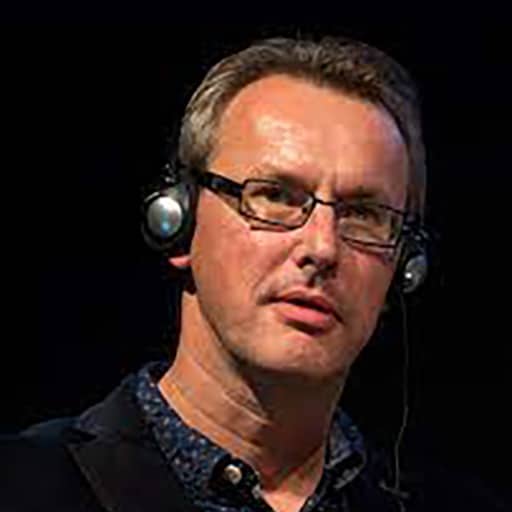In 2012, a few years after his grandfather had died, Belgian photographer Anton Kusters visited Auschwitz. One of the family stories he’d been told was how, during the war, the Germans had come searching his Belgian family home for his grandfather. They never found him and he survived the war, but Kusters wondered where he would have been sent if they had. Auschwitz was the first answer that he came up with. And so he went there in search of an answer to what might have been.
He took a basic Holga camera equipped with a Polaroid back. He pointed the camera at the blue sky and made a picture. And so began a project that ended with 1,078 polaroids of blue skies over the sites of 1,078 Nazi concentration camps.

“It was February, it was cold, and there was a blue sky,” says Kusters in a Google Meet interview from his studio in Belgium. “So I made an image of that blue sky. And I looked at it and I said maybe this is all there is to be said. That’s how the project started.”
“Then I went into the museum. I thought, wait a minute, Anton, why would they have taken him to Auschwitz, they could have taken into any one of the 23 camps. We all learned at university that there were 23 camps. Then I look into the museum and see this huge map of concentration camps with more than 1,000 black dots. And I thought, wait a minute, I’ve got a master’s degree in political science. Why don’t I know there were so many camps?’
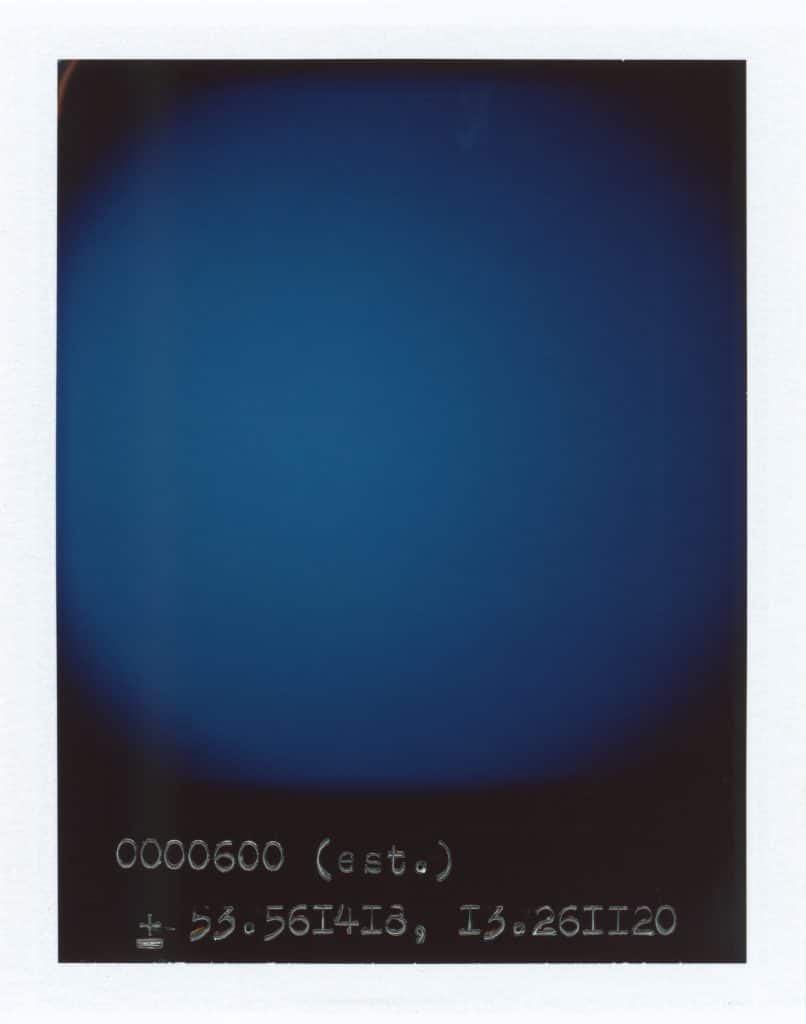
10 Concentration Camps in their City
Over the next five years, Kusters photographed all of those 1,078 camps, each time photographing only a blue sky on polaroid film (this was a weather-dependent project). The dilemma for him was how to tell the story of such a horrific period of history through such abstract images. In installations (including the Fitzrovia Chapel installation in London that saw him nominated for the 2020 Deutsche Borse Prize), he has used site, sculpture and music to convey emotion and sense of history.
For the book form, things were complicated by the enormity of what he was trying to represent, and the fact that although the images were abstract, key elements of history needed to be pinned down in some way.
“What changed for me was my understanding of what the concentration camp system is or was,” says Kusters. “What I studied in school was large camps hidden in the woods with hundreds of thousands of people and millions of people dying. And nobody knew what was actually happening. And that is one side of it. But the reality is that there were 42,000 camps over the entire continent of Europe, of which 1,078 camps were official concentration camps.”
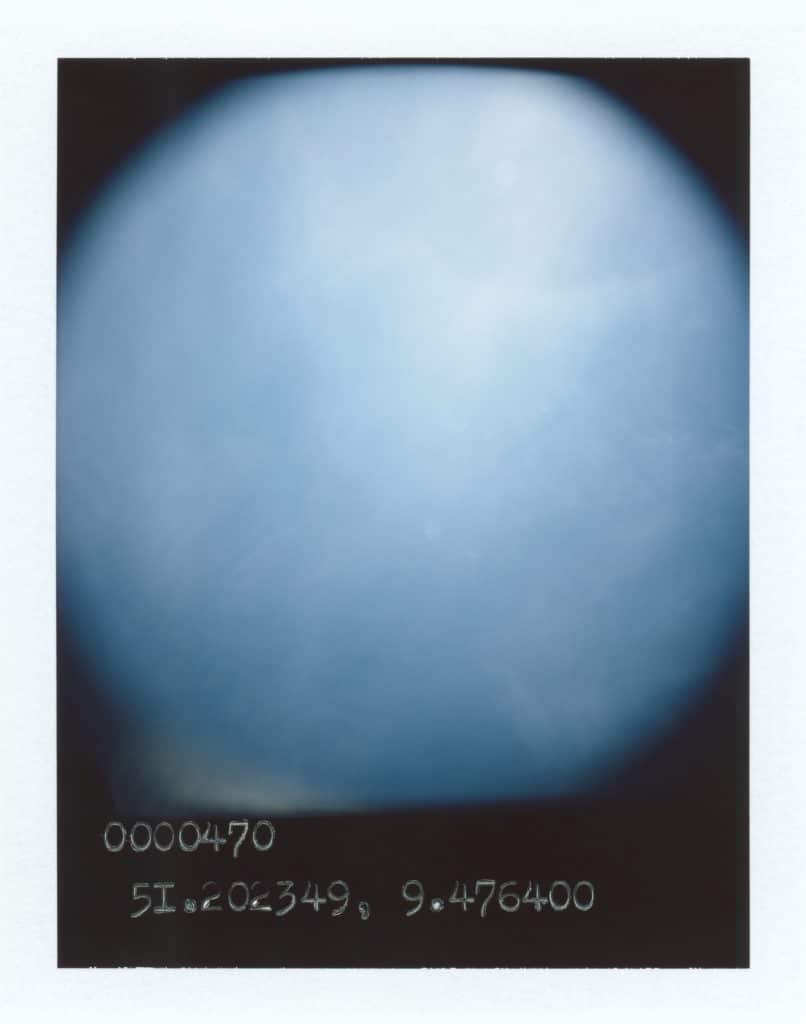
“Concentration camp” was a specific administrative term. It was like an embassy. You would enter that place and German law would not apply, meaning that they could do with you what they wanted. The first camp, Dachau, opened in 1932 so the system was in place right from the start, and then with the Wannsee conference, they basically said, “Well, you know, what, we just want to kill them all”. They made six extermination camps. Sobibor, Chelmno, Belzec, and Treblinka, and the two dual-use ones, which were Auschwitz and Lublin – they were both a concentration camp and an extermination camp. They were absolutely trying to hide the extermination camps from the populace. But everybody had 10 concentration camps in their city, and they saw prisoners walking every day. So everybody knew what was going on.”
For five years, Kusters would make trips that would last up to 10 days where he would visit 10 to 15 of those camps a day.
“It was relentless,” he says, “because there are so many and they’re so close to each other. Aside from the main camps, where I obviously spent a whole day because I wanted to be there, and visit the library and the museum, it was more the execution of actually physically being at every location and making the image than trying at the moment itself to understand the place completely. Because that would have then taken me a lifetime.”
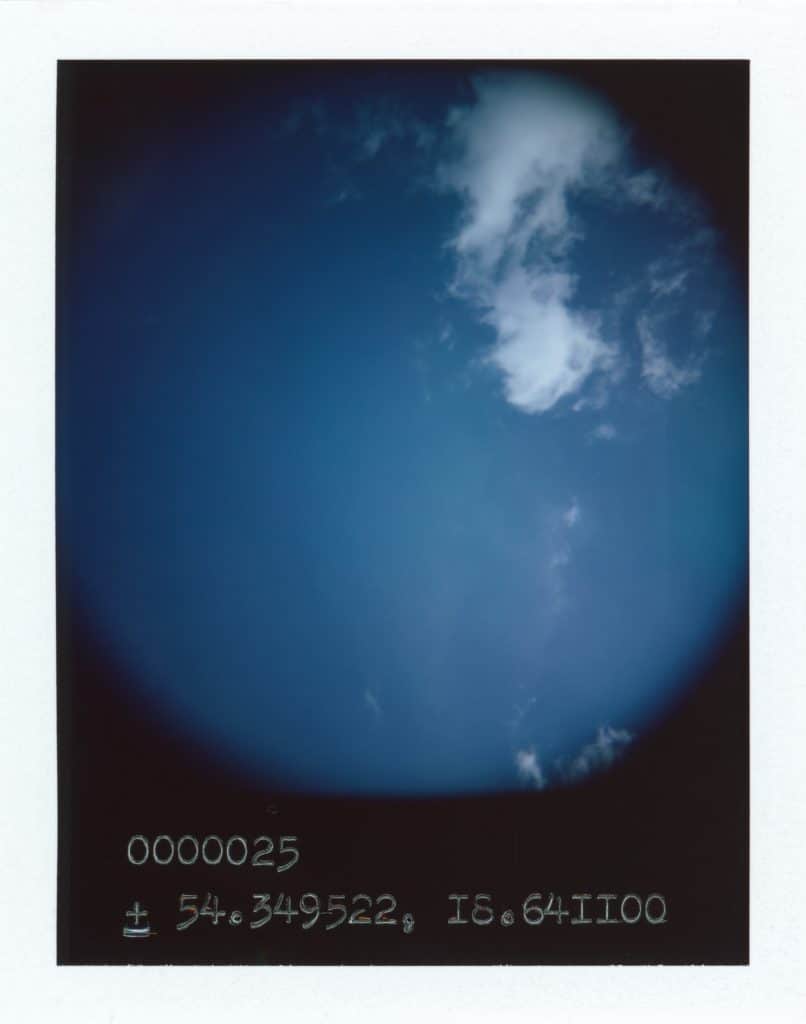
How to Make the Abstract Concrete
The question of how to represent the enormity of the concentration camp system began with the title of the book; 1078 Blue Skies/4432 Days, the first figure referring to the number of concentration camps, the second to the number of days they were open.
Further detail and a sense of being at a place is inscribed into each image in a manner that echoes the bureaucratic enormity of the crime sites Kusters had visited. Each polaroid is stamped with both the GPS coordinates and the number of victims at each camp – these range from 10 (est) to 1,471,595 (est) at Auschwitz-Birkenau.
The real question for Kusters was how to make the abstract concrete, how to tell that story in book form in a way that went beyond an endless litany of blue skies and for this, Kusters began working with Dutch designer Teun van Heijden.
“What Teun found really interesting was that we didn’t understand that there were so many camps and that they were open for such a long time,” the photographer explains. “So he had this idea of making a timeline. He imposed this rigid grid structure on the book that starts with the first corner on the cover of the book. There is a line there and that’s the first day. And that’s when the first camp opens.”
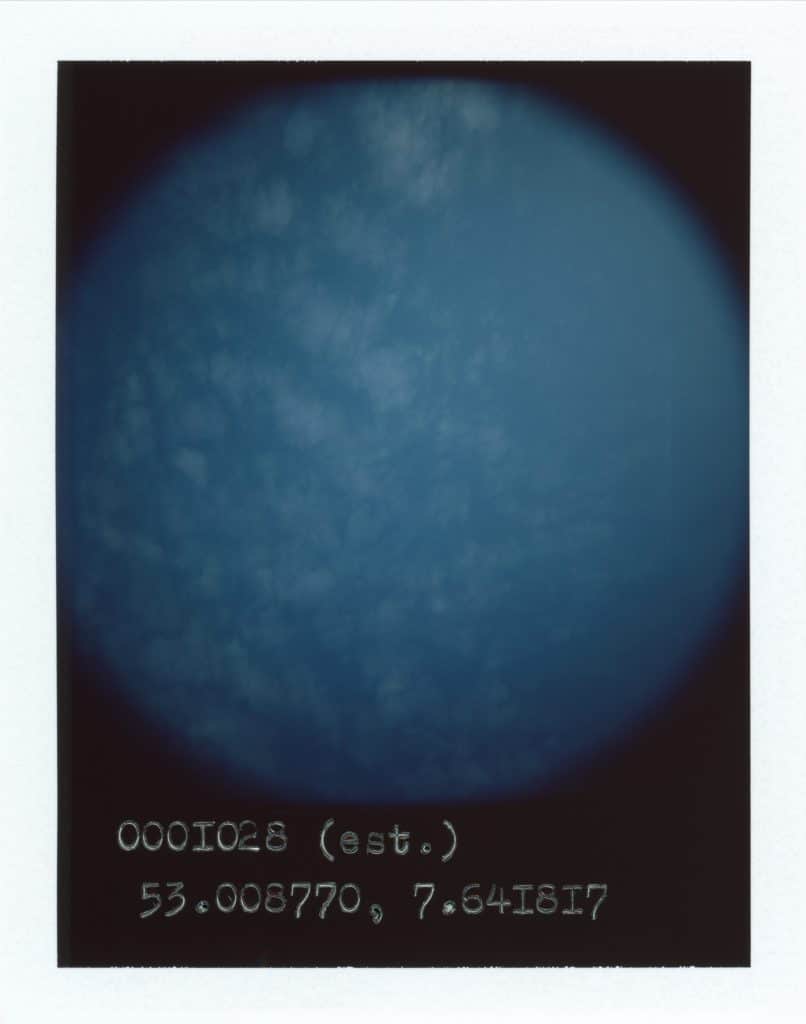
In the book, there are 10 vertical lines per page over the whole 444 pages of the book, and they end on the last page with the closing of the last camp. The images are printed on a grid on each page with a flow that corresponds to when they were opened. “That is the structure that not only makes you understand that there were so many camps, but also gives this rhythm of camps throughout the book, very slowly appearing in the beginning and only gradually becoming worse and worse and worse,” adds Anton Kusters.
A Book Where No Choices are Given
“The black pages are when the death camps were operating at their highest rate,” explains Kusters. “It’s important to understand that this period shows the deaths from both the death camps and the concentration camps. That was about 4 and a half million dead. On top of that, you have 1 and a half million people who died in ghettos, on death marches, from disease, or from starvation.”
These are the deaths that happened in the administrative part of the holocaust. At the end of the book is a timeline where one can see when the camps opened and closed. “You can actually start understanding that, except for Auschwitz, the Holocaust with the death camps only operated for a few months in 1942. Because in those three months they killed almost every jew in Poland.”
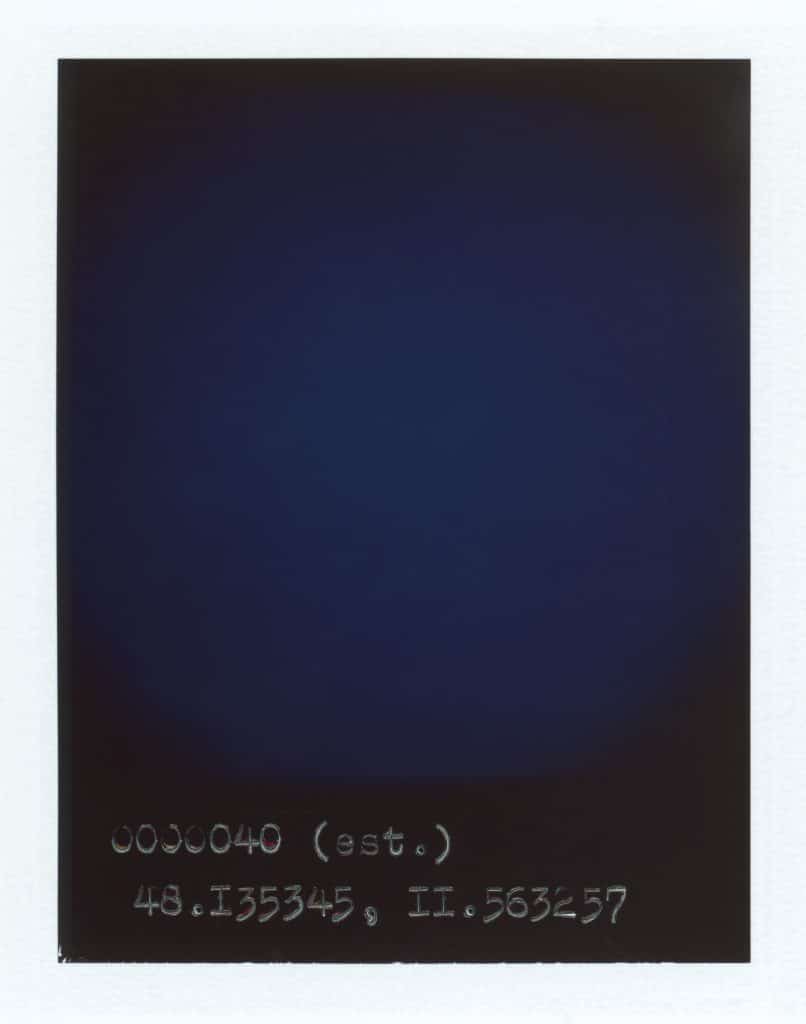
It’s a complex book, and the deeper you go into it, the more complex it gets. It’s a book that is both about mass murder, but also about how murder, slavery, and dehumanization was quantified, commodified, and happily received in the most prestigious of German companies.
“You need effort to see there is this depth to it,” says Kusters. “We’re constantly catering to other people but this is a book where no choices are given. I didn’t have a choice, after making that first image, the work dictated itself. It’s the same with the design. It’s a very clinical approach that drives home the point in a very clinical manner.”
1078 Blue Skie/4432 Days is an exceptional book that invites you into its pages through multiple statistical threads, but also Kusters’ methodological images and a design structure that becomes a beating chronology of death.
1078 Blue Skies/4432 Days by Anton Kusters is published by Kehrer Verlag, 444 pages, 80 €.
See more of Anton Kusters’s work here.

